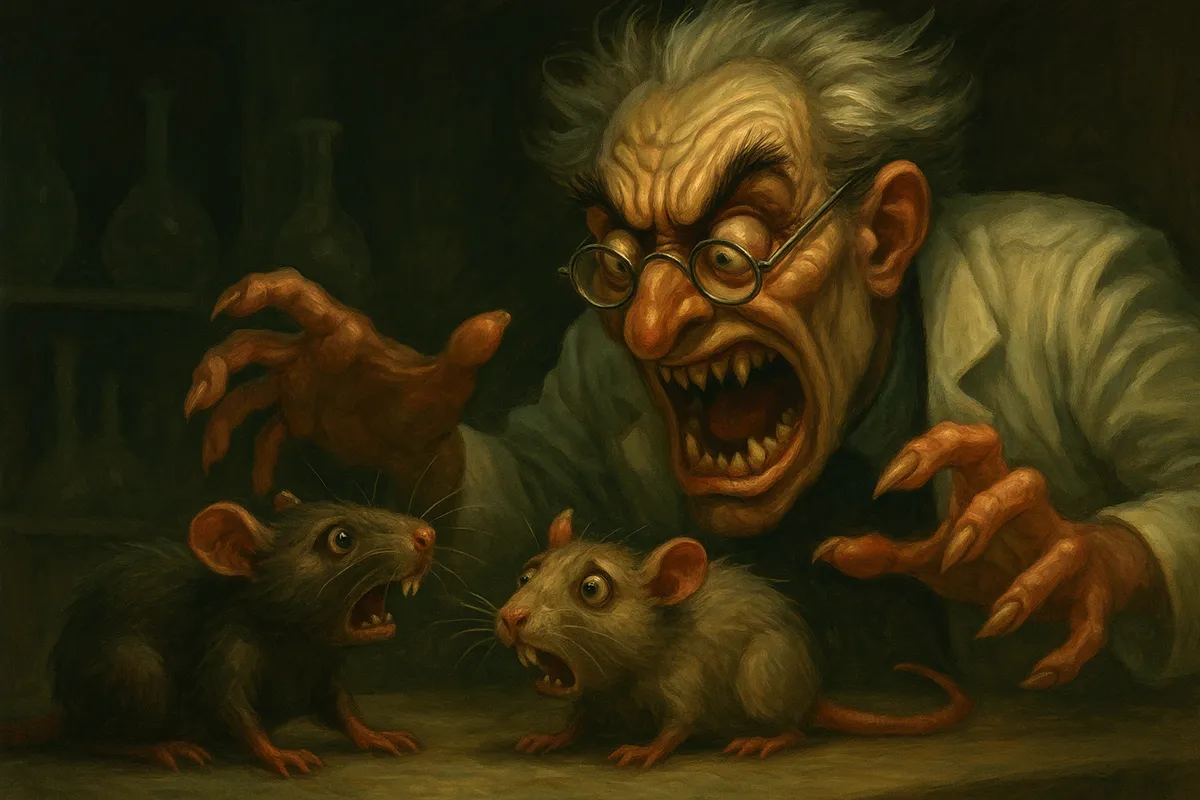You Don’t Get Two Tries at Lying About Us
 Mümin Alper Erdoğan didn’t just stumble into a controversy being reported by The Transmitter. He wrote it — twice. And I smell a rat.
Mümin Alper Erdoğan didn’t just stumble into a controversy being reported by The Transmitter. He wrote it — twice. And I smell a rat.
Two papers. Two retractions. Same claim: that vaccines cause “autism-like behaviors” in rats. First, COVID-19 mRNA vaccines. Then thimerosal. Same behaviors, same bait.
Both papers got retracted for their framing. Because if you want to link rodent twitching to autistic life, you’d better define autism. You’d better define something.
But Erdoğan wasn’t trying to understand autism. He was building a bridge — from lab rats to vaccine fear. And it worked.
FactCheck.org traced how his COVID-era study went viral in conspiracy circles. Used to push the lie that mRNA vaccines “cause autism.” Used to scare pregnant people. Used to resurrect a panic that should’ve died in 2004.
This isn’t science. It’s narrative laundering.
Both papers used the same formula:
- Inject rats
- Test vague behaviors
- Say “autism-like”
- Point to BDNF and WNT like molecular mood lighting
But autistic people are not your metaphor. And we’re not a side effect for you to speculate into headlines.
The journals eventually pulled both papers. But Erdoğan is still framing himself as the victim — saying the decision was "unjust" and claiming “ideological attacks” and “mass emails” took him down. He also called for "open discussion."
Let’s be clear:
You don’t get two tries at lying about us. You don’t get to build panic out of proxies. And you don’t get to blame autistic backlash for your paper’s collapse — especially when you didn't allow "open discussion" while you were perpetrating this academic dishonesty.
Because we’re not just watching. We’re reading. Closely. And we won’t let you write us into your fear machine — not in rats, not in humans, not in the space between.
This isn’t just about two retracted studies. It’s about how narrative negligence gets published — and how autistic people are left to clean up after it.